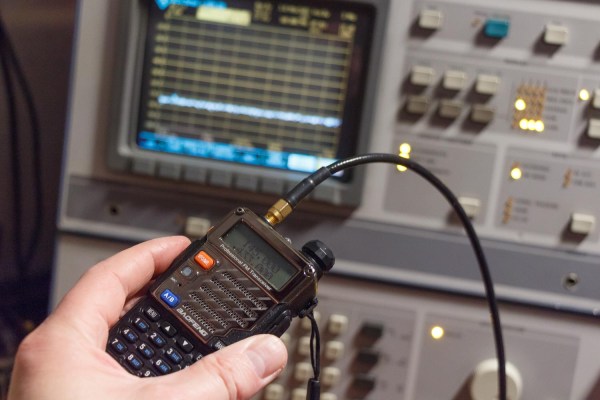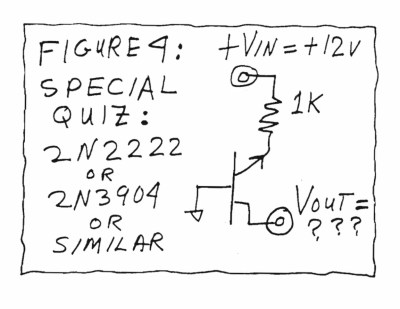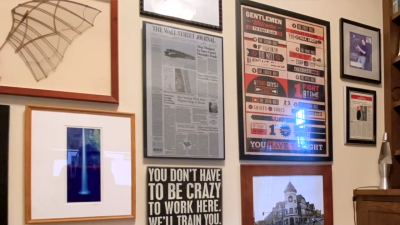Few in the 1980s were too fussed about their home computer only supporting a single monitor; indeed, most were satisfied enough by the brand new capabilities on offer at the time. That said, it’s many decades hence, and we really do deserve more. Fear not, for [Ryan Brooks] is here to help with his VG64 VGA Card for the Commodore 64.
The card sits in the cartridge slot of the Commodore 64, and packs a Xilinx CPLD which is responsible for generating the video output signals. It’s hooked up to an SRAM chip which acts as a frame buffer for the video output. Programs can then be loaded on the Commodore 64 which write to the frame buffer, that can then be sent out to an attached VGA monitor hooked up to the cartridge.
It’s not the most useful cart at the moment, as it’s only capable of working with software designed specifically for the hardware. Additionally, it could prove difficult to shift enough data to it to do any kind of fast animation or updates. With that said, it’s an awesome example of just what can be achieved in terms of expanding the Commodore 64, and we’d love to see how far work in this space can go. We’ve seen similar work before, too, albeit with a somewhat smaller 16×2 character LCD. Video after the break.
Continue reading “A Dual Monitor Setup For The C64, And Yes, It’s VGA Compatible”







 The key to the trick is the breakdown voltage of the transistor; normally somewhere around 7-8 volts for a typical small NPN transistor. At this point, where the base-emitter junction enters the breakdown regime, it begins to emit light. This light actually travels through the silicon lattice, where it reaches the base-collector junction, which acts like a photodiode under the right conditions. This generates the negative voltage seen at the collector under these conditions.
The key to the trick is the breakdown voltage of the transistor; normally somewhere around 7-8 volts for a typical small NPN transistor. At this point, where the base-emitter junction enters the breakdown regime, it begins to emit light. This light actually travels through the silicon lattice, where it reaches the base-collector junction, which acts like a photodiode under the right conditions. This generates the negative voltage seen at the collector under these conditions.













